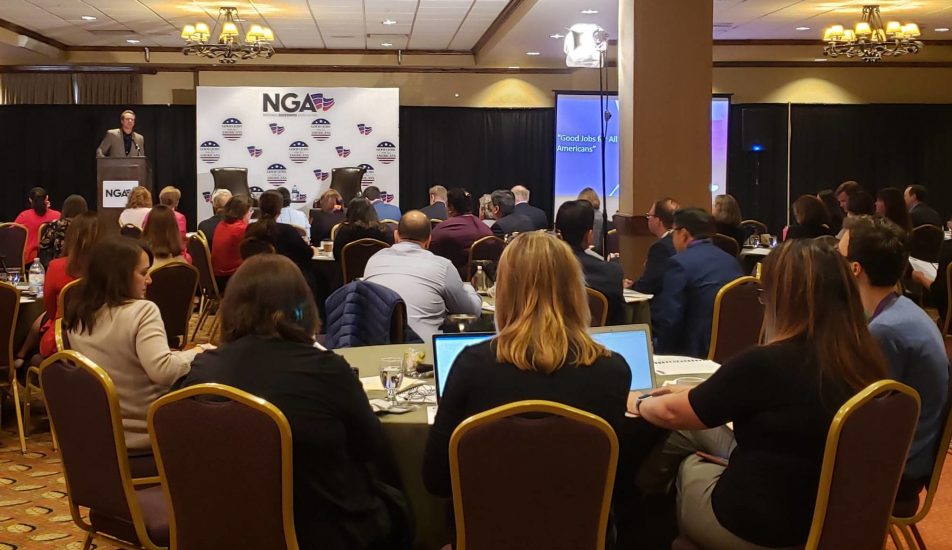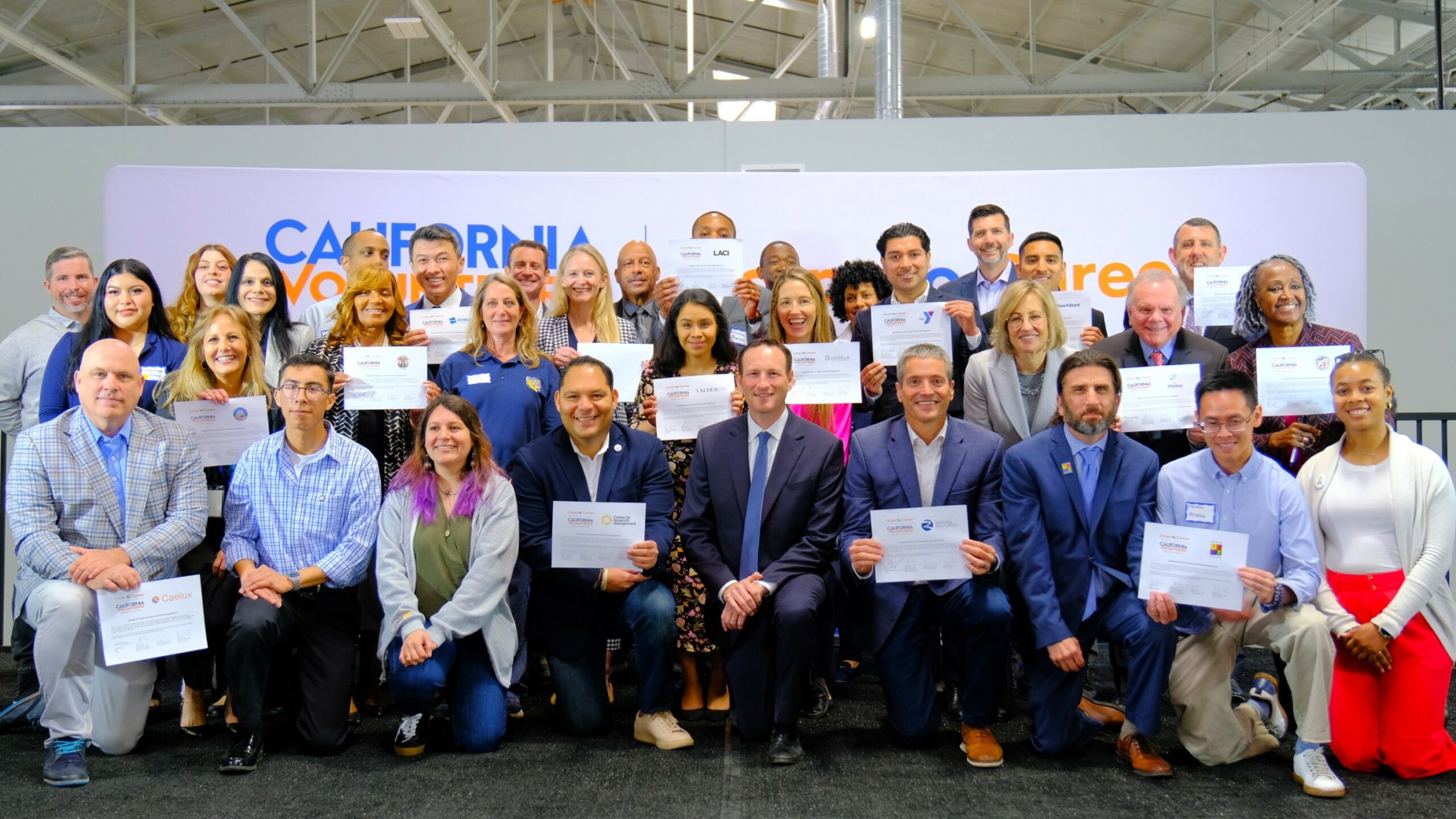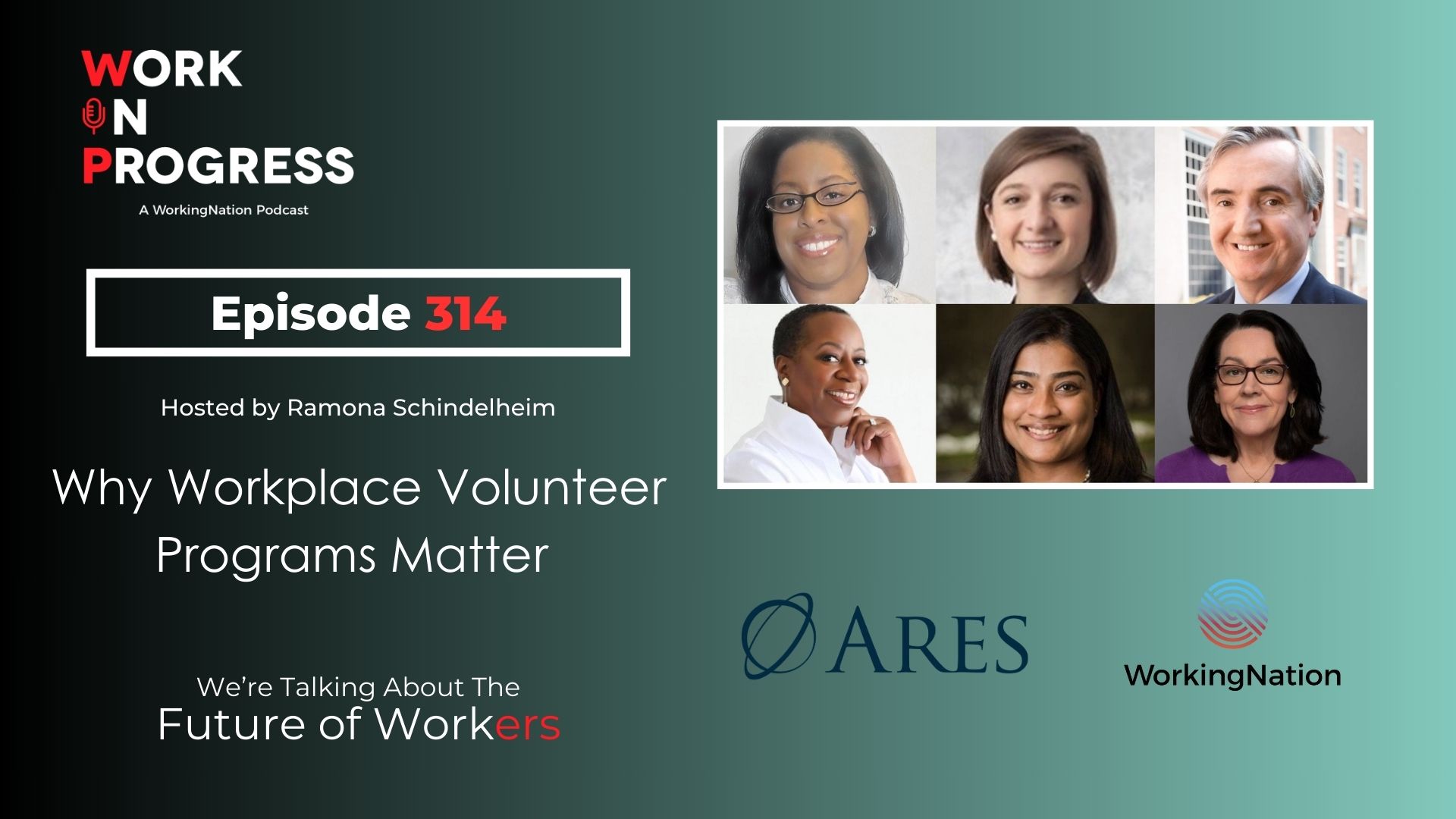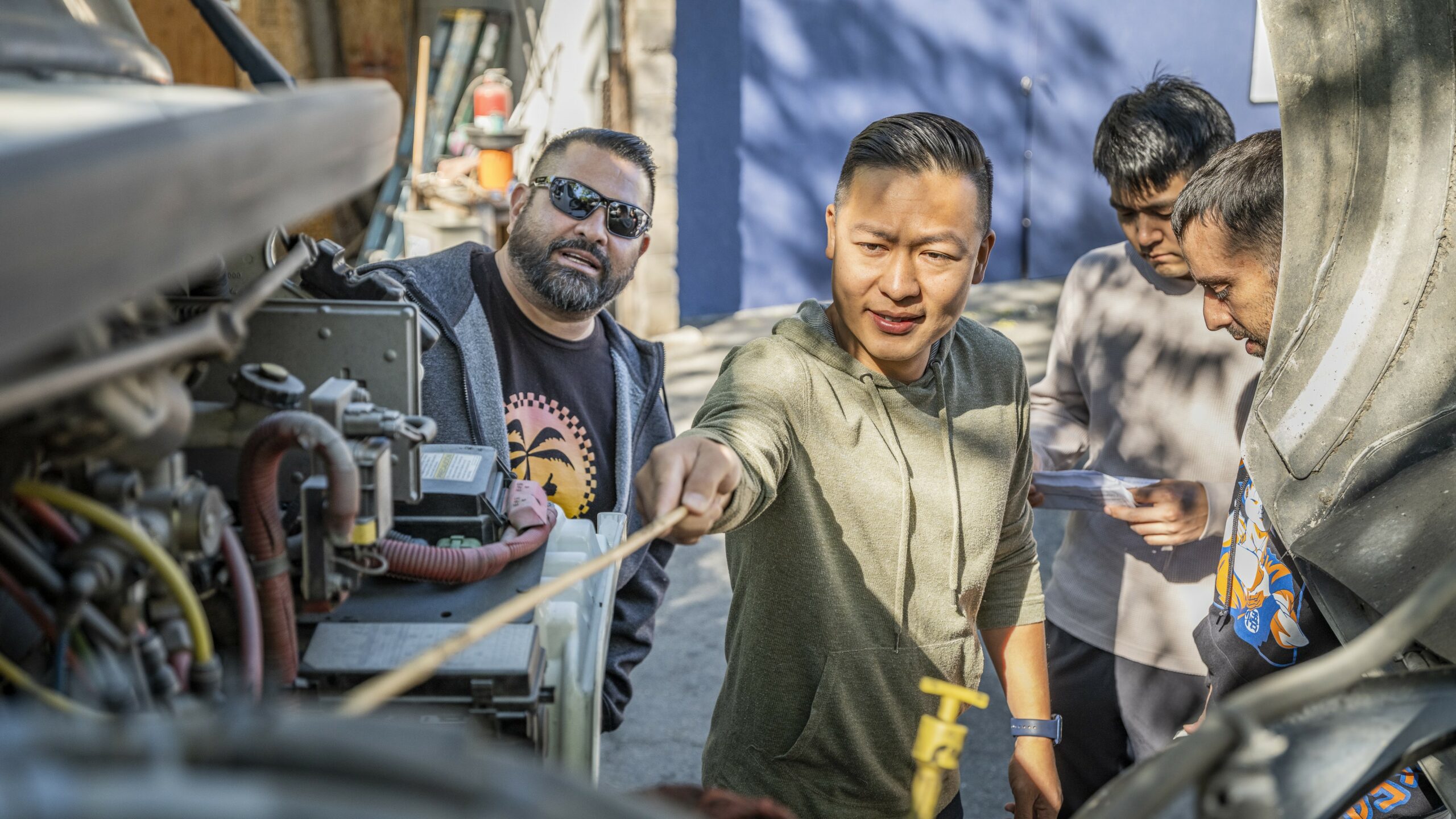For the better part of a year, state governors and their workforce development teams have been gathering every few months to work on the National Governors Association’s (NGA) Good Jobs for All Americans initiative. Their goal is clearly defined: figure out how to provide workers with all the skills they need to compete for the new jobs being created by rapidly-changing technology.
“Ultimately, there are two paths ahead of us. One where we’re able to capitalize on new technology, increase productivity, improve our standards of living, and create new ways of upward mobility for the average American,” according to Governor Steve Bullock, this year’s NGA chair. “The other path is one rising with tensions and fear of joblessness or displacement, where the benefits of tech accrue to a few and not the many.”
WorkingNation on Twitter: “#WorkingNationOverheard: “State governors have an important role in helping people of their states prepare for the #futureofwork. We have a duty no matter what face, faith or demography.” – @GovernorBullock #goodjobsNGA #WeTheStates / Twitter”
WorkingNationOverheard: “State governors have an important role in helping people of their states prepare for the #futureofwork. We have a duty no matter what face, faith or demography.” – @GovernorBullock #goodjobsNGA #WeTheStates
NGA is a non-partisan Washington-based public policy organization made up of the governors from all 50 states, plus U.S. territories and commonwealths. Each year, the NGA alternates its chair between the two major parties. For the past year, it’s been Governor Bullock of Montana, a Democrat who recently announced he is running for President. In July, he hands the reigns over to Governor Larry Hogan of Maryland, a Republican.
Good jobs for the workforce of the future
WorkingNation attended their most recent Good Jobs Summit May 21-22 in Whitefish, Montana. The summit was developed around three key challenges: 1) developing the workforce of the future, 2) reskilling mid-career workers for success, and 3) empowering the rural workforce. Collaboration was a main theme.
“When I look at the business community, it’s really a valid partner for us in this work. Without innovative and really thoughtful business leaders that are dedicated to supporting, uplifting workers, it would be nearly impossible for all of us to create pipelines to good jobs or support training providers in honing needs and the skills for the future,” says Governor Bullock.
Theresa Collington on Twitter: “#WorkingNationOverheard “We have heard loud and clear that we have to equip today’s workers with new skills.” – @GovernorBullock #goodjobsNGA #wethestates #FutureofWork @RamonaWritesLA @WorkingNation @JoanLynch pic.twitter.com/J1vya0UNPy / Twitter”
WorkingNationOverheard “We have heard loud and clear that we have to equip today’s workers with new skills.” – @GovernorBullock #goodjobsNGA #wethestates #FutureofWork @RamonaWritesLA @WorkingNation @JoanLynch pic.twitter.com/J1vya0UNPy
Those pipelines are being created through public-private partnerships. They connect industry to educators to develop programs to fill the specific needs in each local and state economy.
“States, fundamentally, are the laboratories of democracy, the place where policy truly has an impact on every person we serve,” adds Kirk Jonas, the NGA Solutions director. We’re the ones who can make a difference in the lives of Americans all across our respective states.”
‘High-growth startups are the new net job creators’
Under that guidance, the more than 120 people gathered discussed specific workforce strategies and programs already in place in their states. They also heard new ideas on how to build new programs from educators and business leaders, including billionaire investor Steve Case, who acknowledges that jobs will be lost to tech changes but argues “that’s not the point. The point is: how we are going to create new jobs to replace them?” Case says funding entrepreneurs outside Silicon Valley is a start.
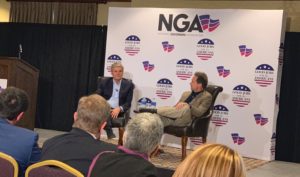
“Our view is that this is the beginning of a new era for entrepreneurship across the U.S. High-growth companies can now start and scale anywhere, not just in a few coastal cities,” Case tells me. “The data shows that high-growth startups are the new net job creators.”
Last year, venture capitalists invested a record $130.9 billion in new companies. Seventy-five percent of it went to start-ups in just three states — Massachusetts, New York, and California — with 50 percent going to California alone. For the past five years, the Rise of the Rest Tour, led by Case, Chairman and CEO of Revolution, has been trying to spread the wealth to other states.
So far, the tour has traveled to more than 60 cities, hosting a funding pitch competition among startups at every stop along the way. More than 100 winners each have gotten a $100,000 investment from the Rise of the Rest Seed Fund. Many of the finalists also get investments, mentorships, and other business opportunities, just by taking part in the competition. “The spotlight catalyzes other investment and attention, supporting the startup ecosystem in that city to get to the next level,” he says.
“My hope is investing in these ventures will not only garner a return, but also create jobs and ultimately help to foster and promote economic prosperity throughout the country,” Case says. “One of the goals of these Rise of the Rest tours is to connect and convene. When we visit a city, we bring together all the stakeholders — entrepreneurs, business leaders, government officials, universities, startup support organizations. I challenge the ecosystem to use the tour as a catalyst, an opportunity, to push their communities towards further collaboration and network density,” says Case.
Better workforce programs for all
WorkingNation on Twitter: “#WorkingNationOverheard: “The US has DECLINING levels of both public and private sector investment in worker-training. It’s been on the decline since the mid-90’s-at a time when investing in the training is critical to this country.” – @NatlGovsAssoc’s Martin Simon #goodjobsNGA / Twitter”
WorkingNationOverheard: “The US has DECLINING levels of both public and private sector investment in worker-training. It’s been on the decline since the mid-90’s-at a time when investing in the training is critical to this country.” – @NatlGovsAssoc’s Martin Simon #goodjobsNGA
At the most basic level, attendees were there to learn and gather tools that they could take back to their states in use to develop better workforce programs, where they are needed. Nick DePorter, Senior U.S. Public Policy and Government Affairs Manager for LinkedIn, shared the platform’s Economic Graph with them.
The LinkedIn data collection, according to DePorter, presents a real-time look at talent migration, hiring rates, and in-demand skills by region. He says it could be used by the state governments to better connect workers to opportunities.
Theresa Collington on Twitter: “#WorkingNationOverheard – Just learned of this useful tool for workforce analysis in all 50 states from @linkedin – https://t.co/I96Qmj3NpD #GoodJobsNGA #WeTheStates #futureofwork / Twitter”
WorkingNationOverheard – Just learned of this useful tool for workforce analysis in all 50 states from @linkedin – https://t.co/I96Qmj3NpD #GoodJobsNGA #WeTheStates #futureofwork
One in five Americans — roughly 60 million people — live in rural areas of the country. Bringing them the training and upskilling they need has some big hurdles, including inadequate digital infrastructure.
“We’ve consistently heard from states that access to high-speed internet is critical for supporting rural communities,” says Mike Bartlett, an NGA Senior Policy Analyst for Economic Opportunity.
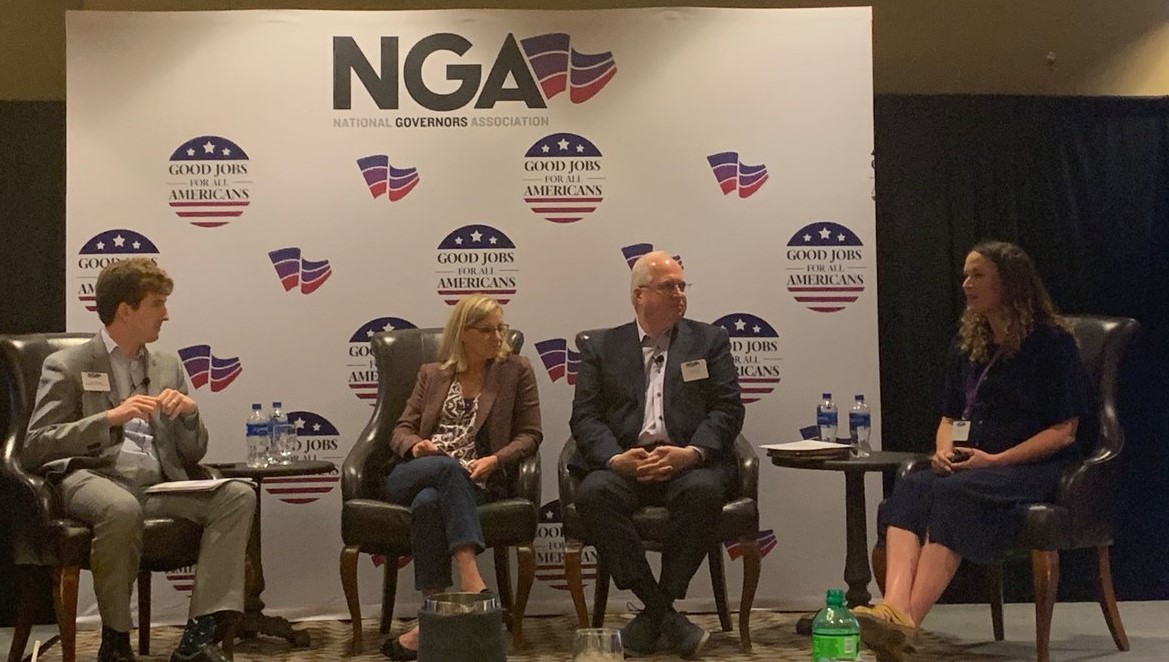
“However, beyond just the physical infrastructure and access, local communities also need the human capital and the know-how to fully leverage online opportunities for work and learning,” he adds. Bartlett led a panel detailing some of the state-business partnerships that are helping ensure that those broadband and talent needs are being met.
Another panel on rural empowerment, led by Dana Westgren, also an NGA Senior Policy Analyst for Economic Opportunity, introduced a Rural Opportunity Map from the Center on Rural Innovation (CRI). CRI collaborates with community leaders to create downtown innovation hubs.
The map, as Ann Lichter, its Director of Strategic Partnership, explains, identifies those rural areas that are most primed for immediate economic development strategies focused on digital economies due to, among other things, access to broadband and proximity to a higher education institution.
“Rural communities are all unique, and one-size of policy solutions does not fit all. This mapping tool allows states to take a deep look at regional assets and identify policies that support growth based on the very fabric of these communities,” says Westgren.
Spreading Solutions
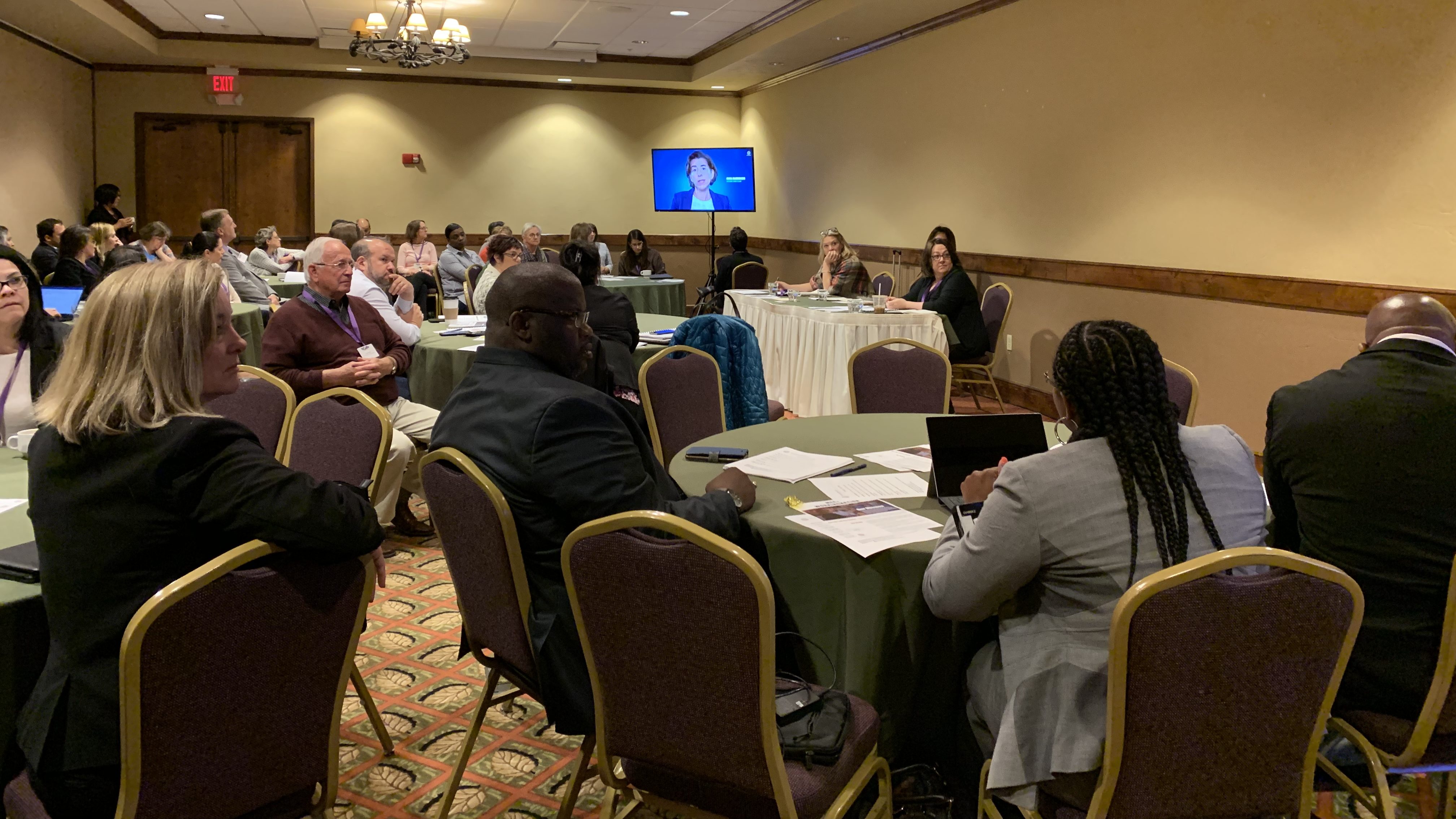
WorkingNation was invited by the National Governors Association to speak to its members on how to effectively tell the stories of the goals and successes of their state’s efforts to train workers for jobs now and in the future. Joan Lynch, Chief Programming and Content Officer; Theresa Collington, Director of Digital and Audience Development; and I led a breakout session on the storytelling tools they need to clearly communicate to workers, job-seekers, and employers, the availability and effectiveness of their workforce development programs.
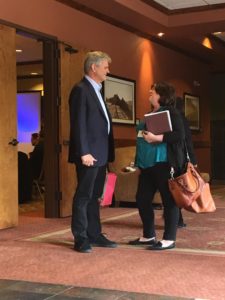
As part of the conversation, WorkingNation shared two examples from its Do Something Awesome video series — Free to Succeed: The Last Mile and Building a Strong Foundation: Skills USA, and Fishing for Talent — which demonstrated the power of personalizing the stories of people who have benefited from solutions to the issue of structural unemployment.
In July, the state leaders will be brought together again by the NGA, this time in Salt Lake City, to present their final guide to Good Jobs for All Americans.
You may also like…
A foundation for the future of workforce development
Pay attention: Jobs are changing
Watch our Work-Based Learning Town Hall’s highlights and insights

